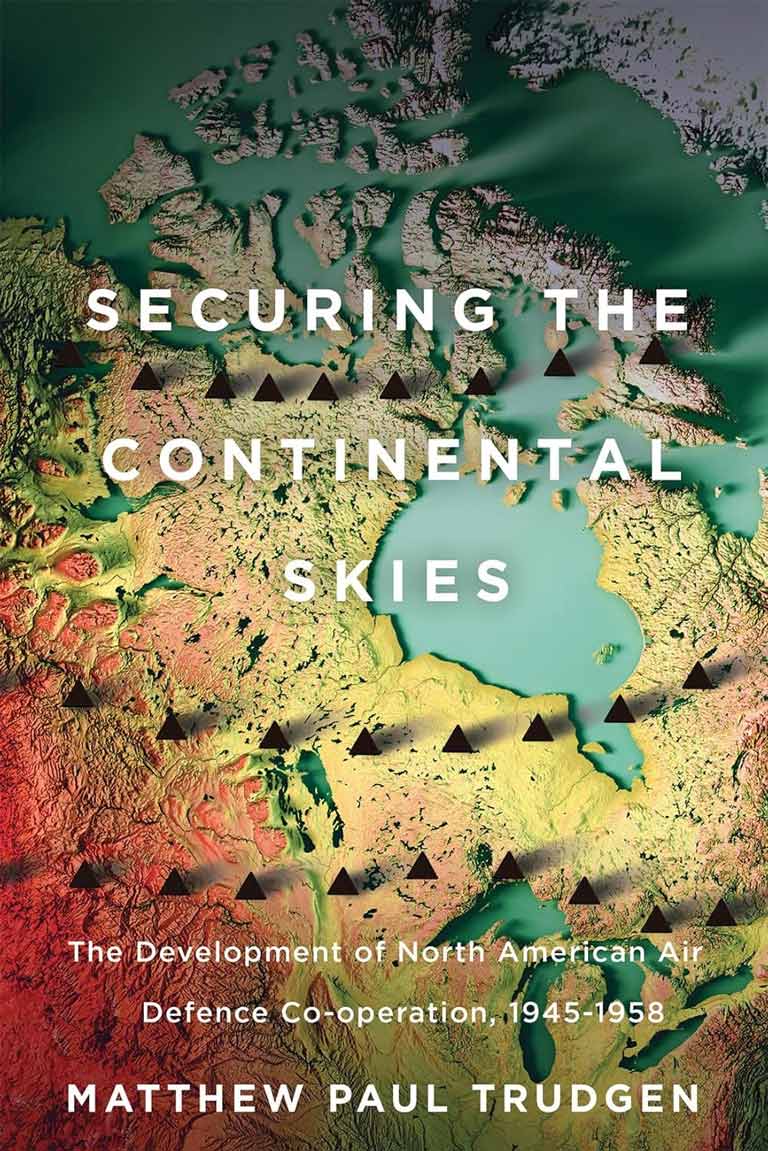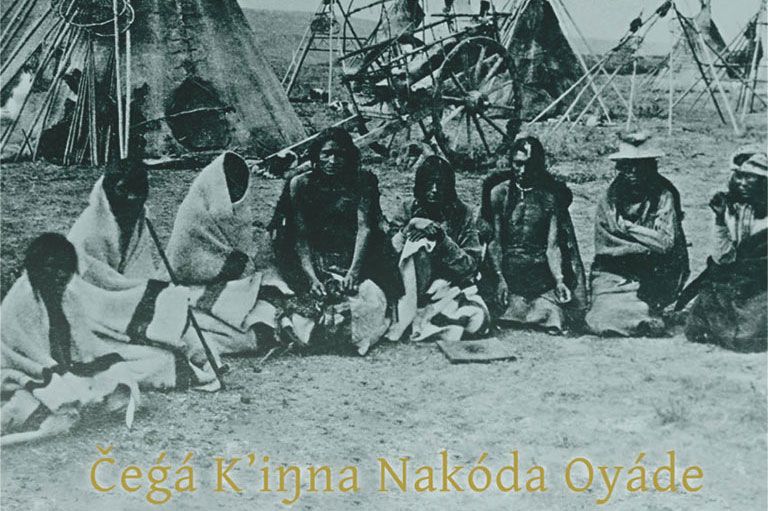Securing the Continental Skies

Securing the Continental Skies: The Development of North American Air Defence Co-operation, 1945-1958
by Matthew Paul Trudgen
McGill-Queen’s University Press,
306 pages, $44.95
Air defence — the art and science of knowing when enemy aircraft have entered your airspace, and what to do about it — might seem like a relatively simple problem. Yet, as Matthew Paul Trudgen explains, Canada-United States co-operation in this realm has been anything but straightforward. In this detailed and impressive study, Trudgen traces the diplomatic, strategic and political forces that led, ultimately, to the establishment of a bilateral command, NORAD (first, North American Air Defense Command, now known as North American Aerospace Defense Command).
This is an academic history that makes no sacrifice of detail for simplicity. Indeed, for Trudgen, the complexity of the evolution of air defence co-operation is the point. The development of this co-operation between Canada and the United States was shaped by a swirl of international events and crises, technological development and change, shifting priorities in Ottawa and Washington, D.C., and — perhaps most important — the delicate negotiations between a superpower and a much less powerful neighbour with sovereignty sensitivities. Thoughtfully, Trudgen includes an introduction that points to these themes, which helps the reader see order in the detail in the narrative chapters.
Trudgen begins his study in the immediate post-Second World War years and considers early, relatively minor co-operative projects like weather stations. While small projects, they were still enough to worry Canadian officials that American projects and personnel in Canada would pose a threat to Canadian sovereignty. Prime Minister William Lyon Mackenzie King, for example, told cabinet that “the long-range policy of the Americans [is] to absorb Canada” and that their military projects in Canada were a conscious part of this effort. Trudgen is right to dismiss King’s belief that the Americans were, at the time, trying to dominate Canada. Yet, there is ample evidence that much of Canadian air defence policy was shaped by wariness, if not of American intentions, then of the consequences of an American presence in Canada.
With 7 uniquely curated newsletters to choose from, we have something for everyone.
Trudgen explains how a conflict halfway around the world — the North Korean invasion of South Korea in June 1950 — moved air defence from a minor consideration to a major concern. The Korean War led to an expanded U.S. defence effort, including proposals from presidents Truman and Eisenhower to develop early warning radar systems in Canada. Securing the Continental Skies includes some useful maps of the Pinetree Line, Mid-Canada Line and Distant Early Warning (DEW) Line. But as neat as the lines on the map appear, the questions of where to put those lines, who would build them and pay for them, and who would operate them all posed complex problems, both within Canada and between the two countries.
By the mid-1950s, the idea of a single air defence commander had gained support in both the Royal Canadian Air Force and the United States Air Force. This idea wasn’t popular outside of the air forces, as Canadian pundits and politicians saw that Canada could become subordinate to the United States in any co-operative command. After John Diefenbaker became prime minister in 1957, he was persuaded by Gen. Charles Foulkes, the chairman of the Chiefs of Staff Committee, to make a hasty and somewhat peculiar decision to approve what would become NORAD. Trudgen points out that the NORAD agreement was quite controversial at the time. This controversy has been largely forgotten after 66 years of successful co-operation in this area between the two countries, but it is one that we might be reminded of in Canada soon enough.
Trudgen’s account of this cooperation is based on deep research in Canadian and American archives, and he also made excellent use of the Documents on Canadian External Relations series. It’s this deep research that allows Trudgen to tell such a complex tale. Ultimately, Trudgen has struck a fine balance in presenting a complicated history in clear and precise prose.
Advertisement
We hope you will help us continue to share fascinating stories about Canada’s past.
We highlight our nation’s diverse past by telling stories that illuminate the people, places, and events that unite us as Canadians, and by making those stories accessible to everyone through our free online content.
Canada’s History is a registered charity that depends on contributions from readers like you to share inspiring and informative stories with students and citizens of all ages — award-winning stories written by Canada’s top historians, authors, journalists, and history enthusiasts.
Any amount helps, or better yet, start a monthly donation today. Your support makes all the difference. Thank you!
Themes associated with this article
Advertisement




